Montessori Balance Beam for Kids
Montessori Balance Beam for Kids
Sold and delivered by woodandhearts
Discover the enchanting world of balance and grace with our specially crafted balance beams designed to captivate the imaginations of kids while enhancing their physical coordination and confidence.
- Help your child to develop coordination and a sense of balance
- Available in 2 shapes: "zig-zag" or "straight"
- For kids from 1 to 6 years old.
Discover the enchanting world of balance and grace with our specially crafted balance beams designed to captivate the imaginations of kids while enhancing their physical coordination and confidence.
- Help your child to develop coordination and a sense of balance
- Available in 2 shapes: "zig-zag" or "straight"
- For kids from 1 to 6 years old.
Couldn't load pickup availability

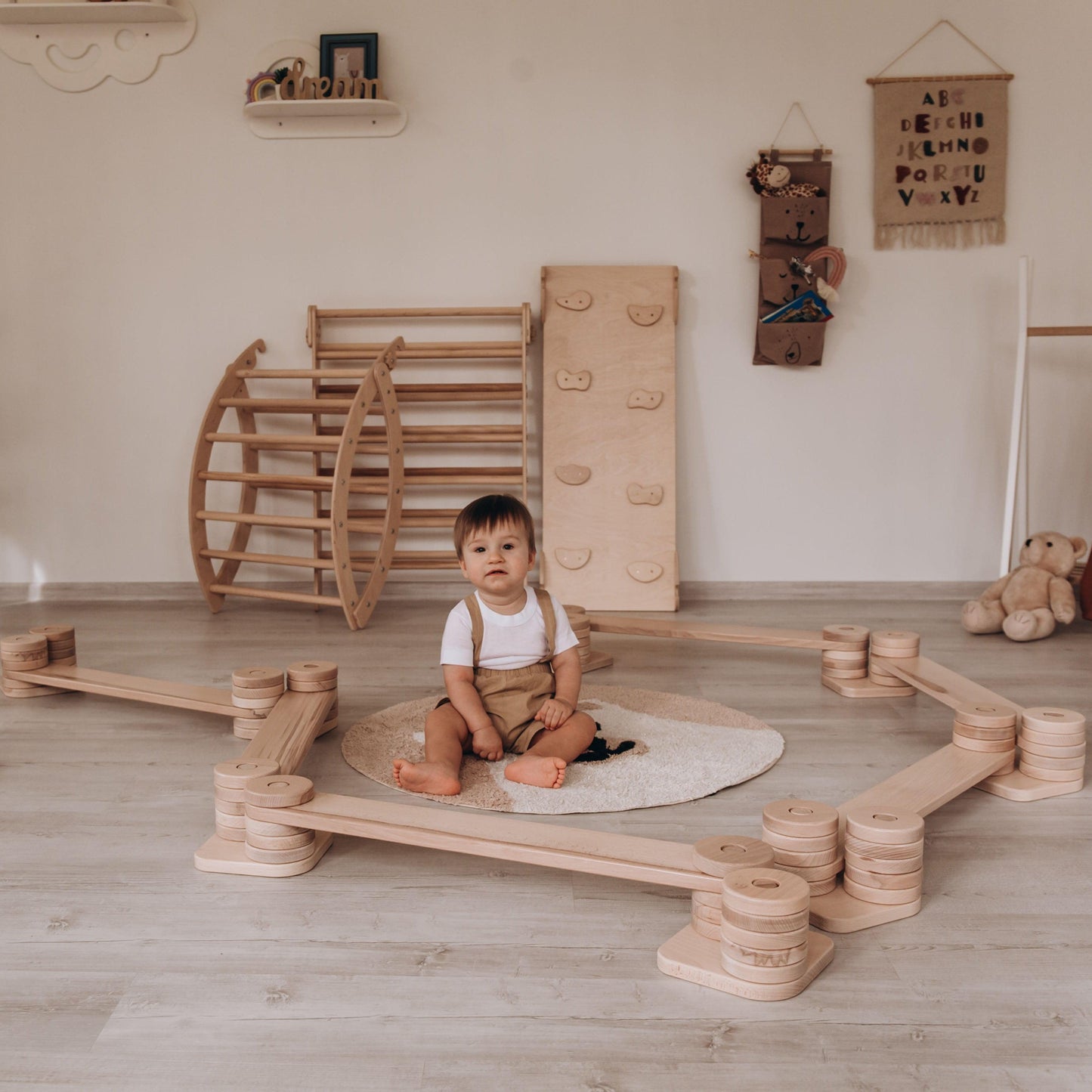

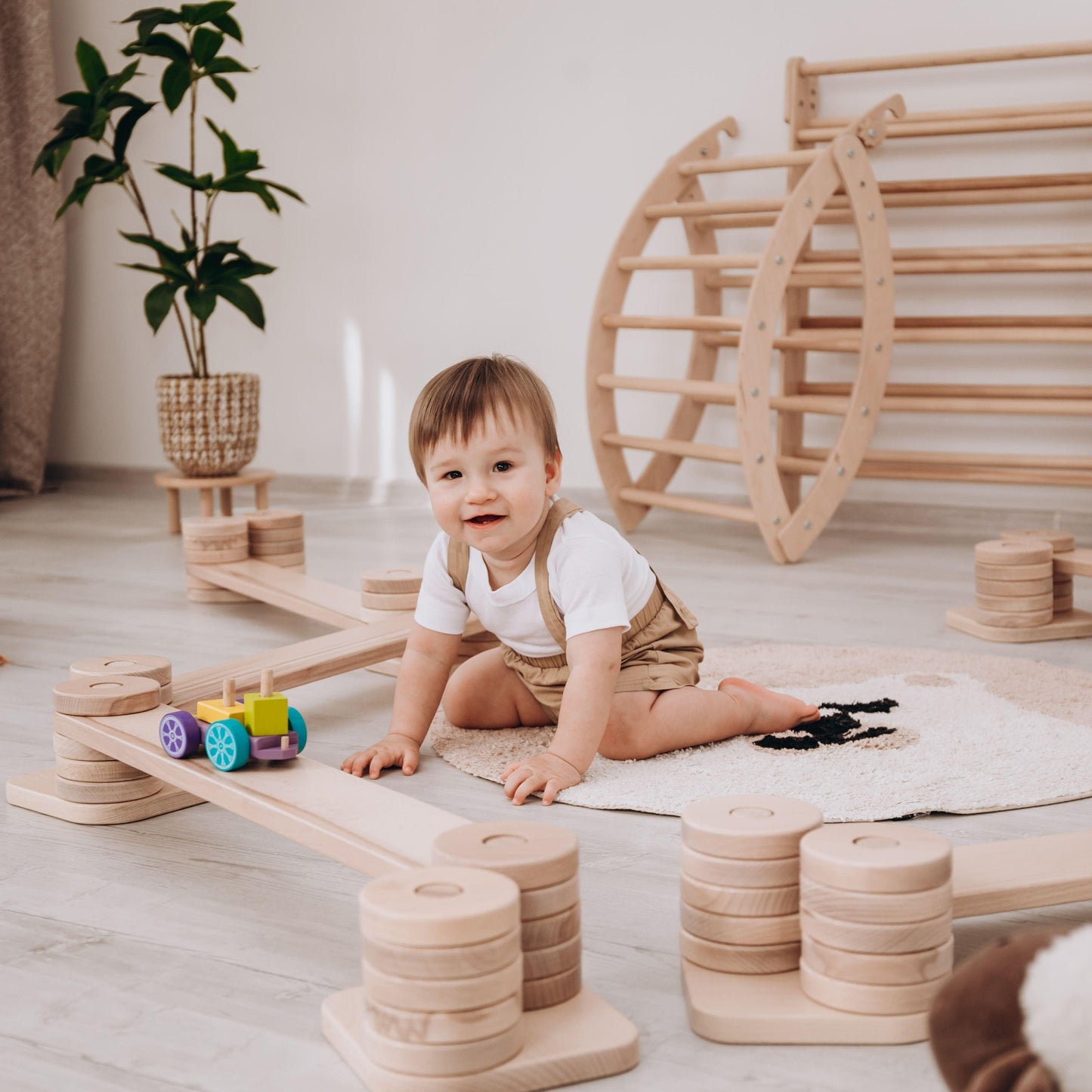
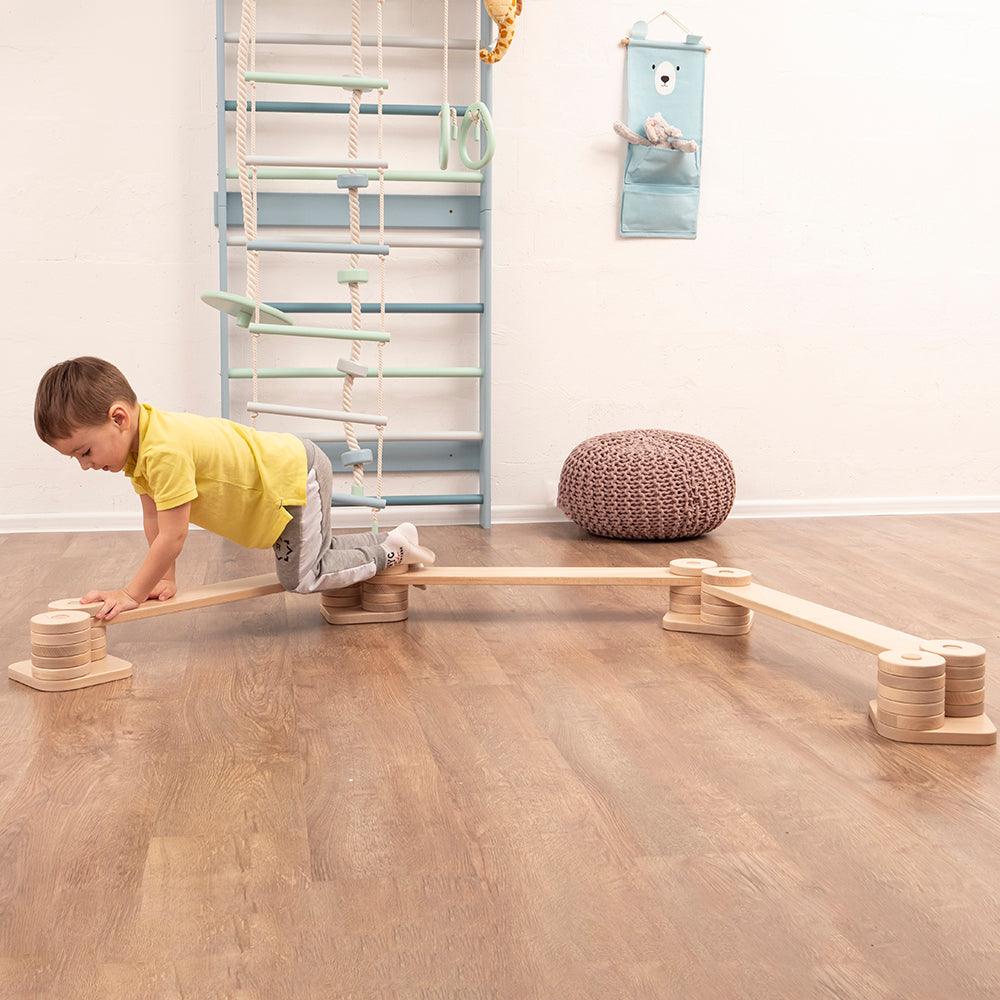


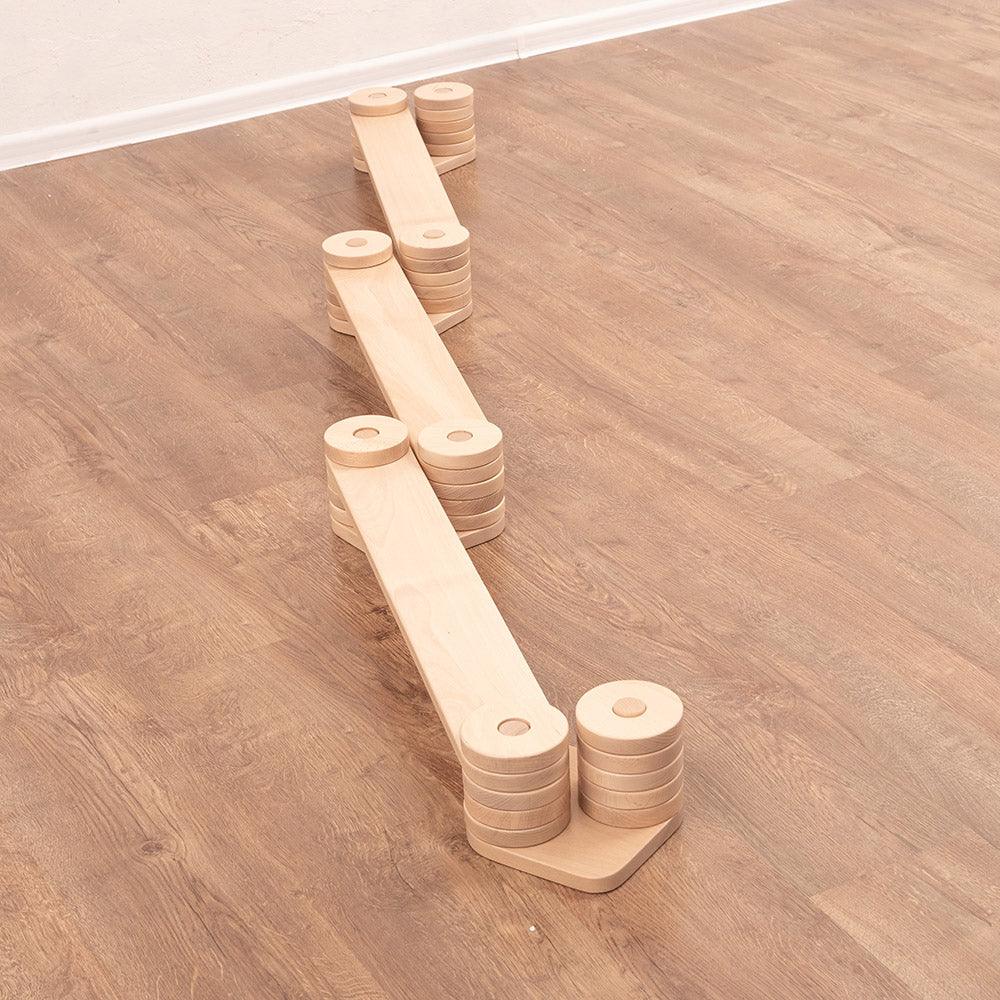

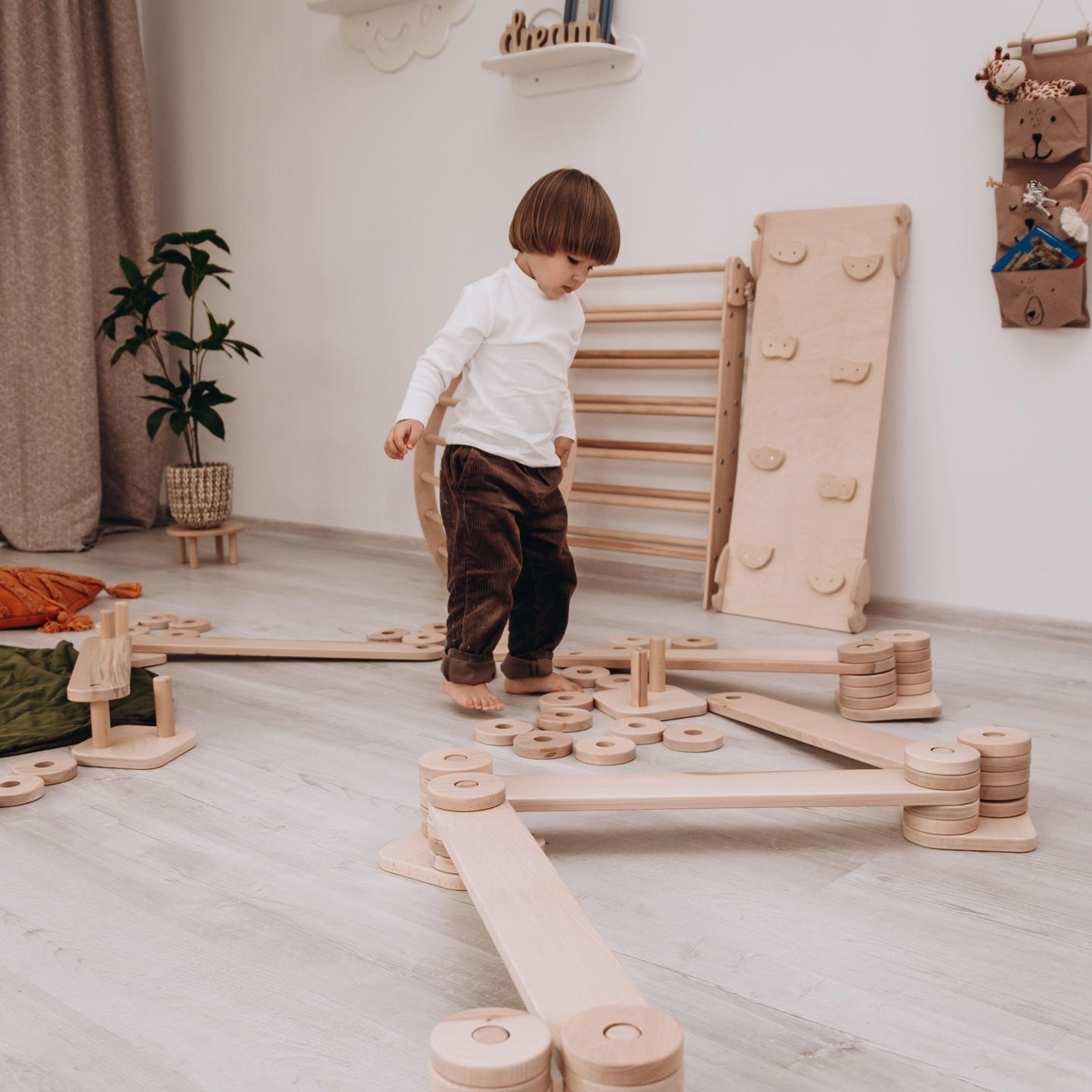


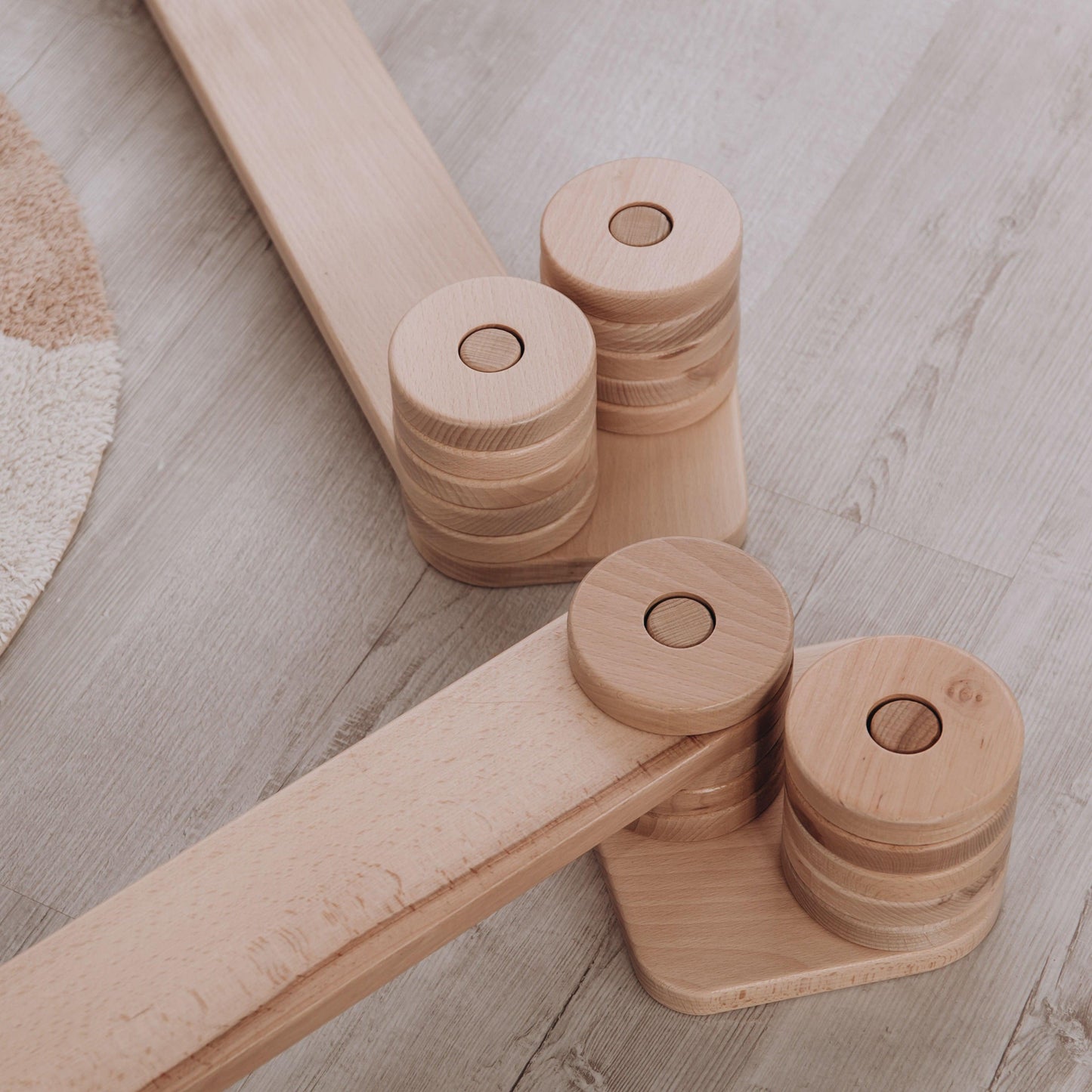
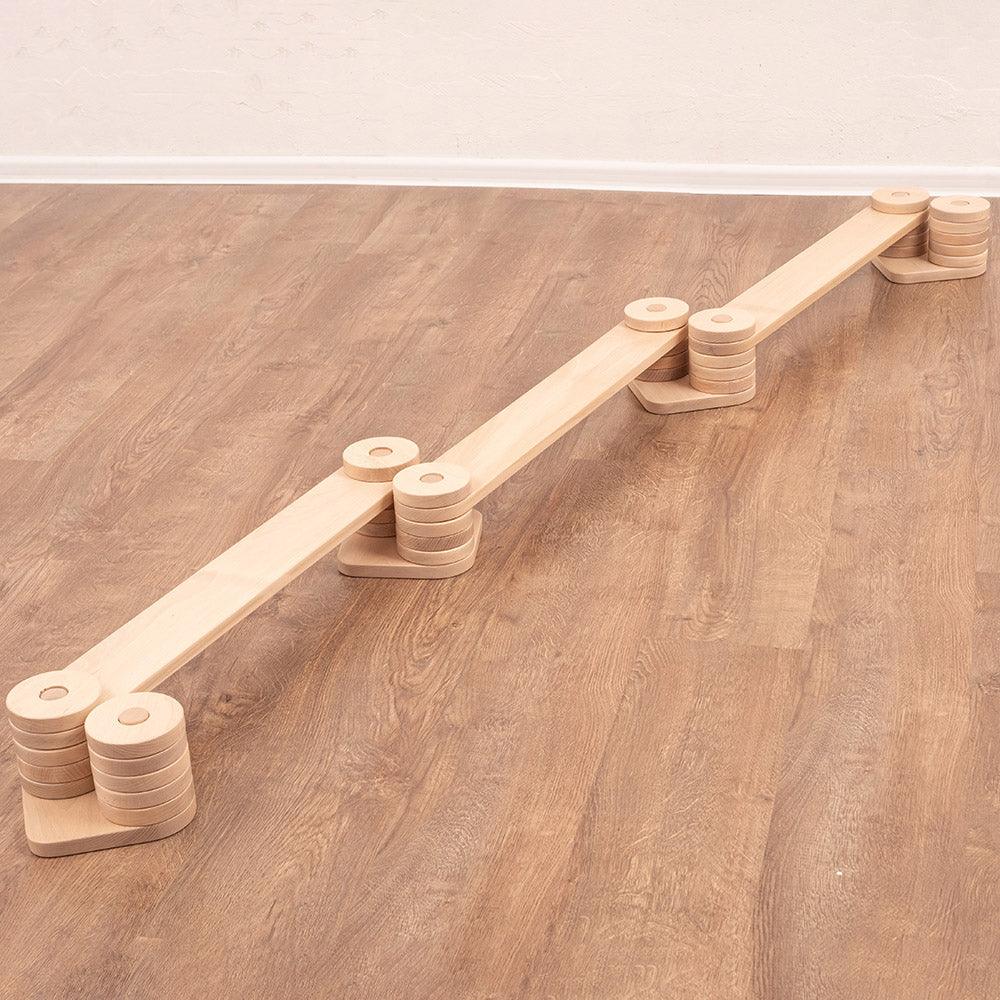
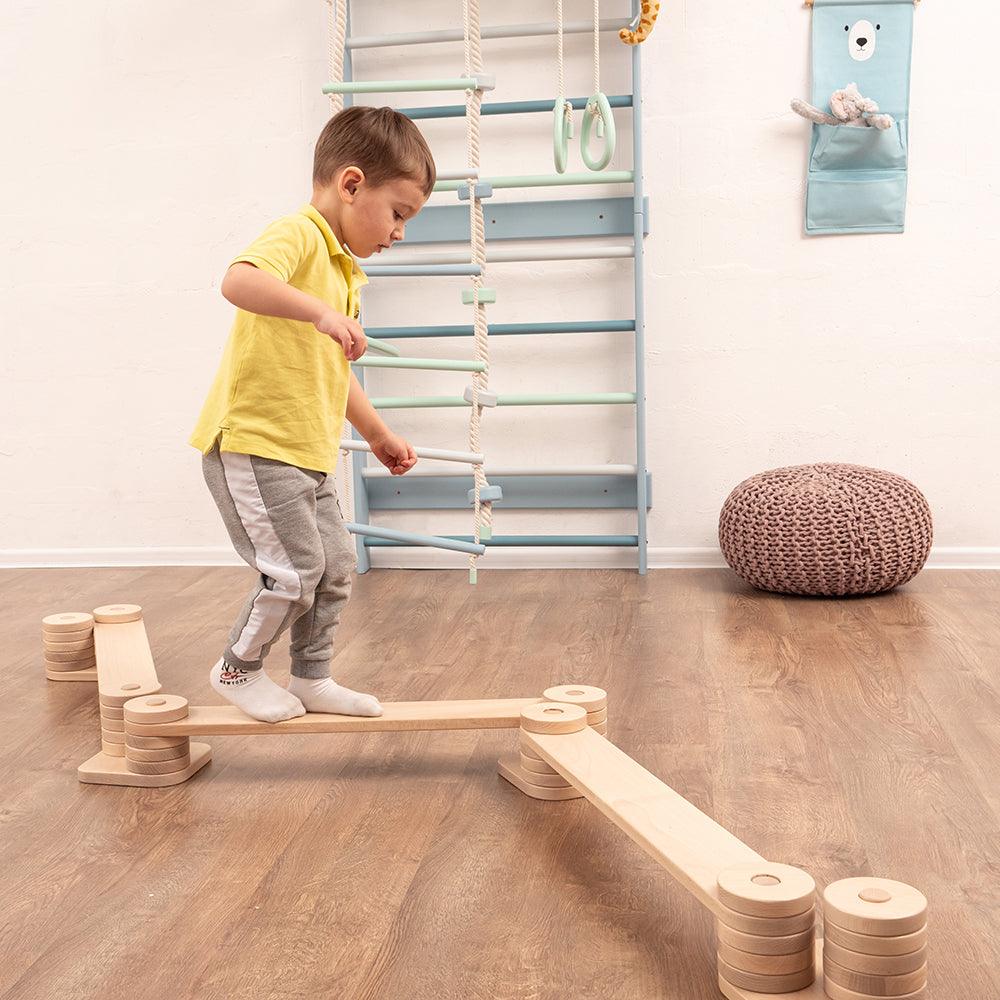
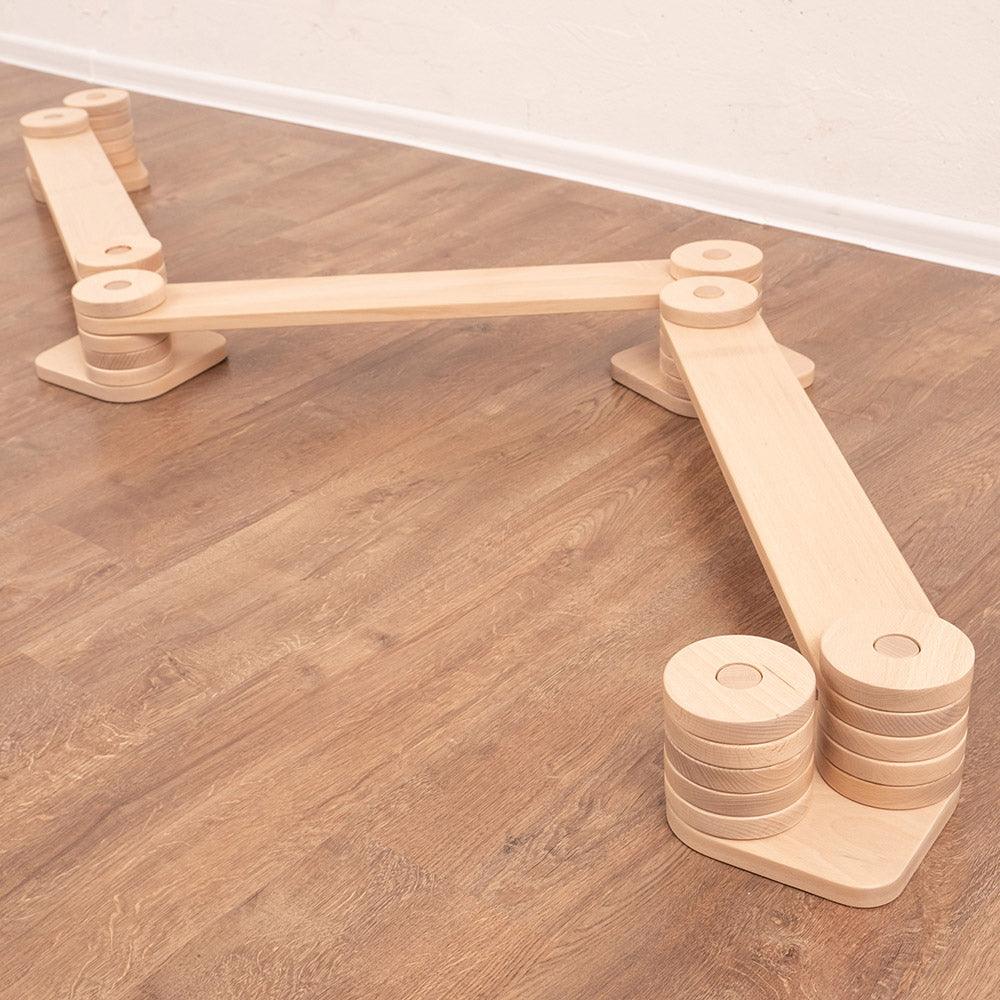
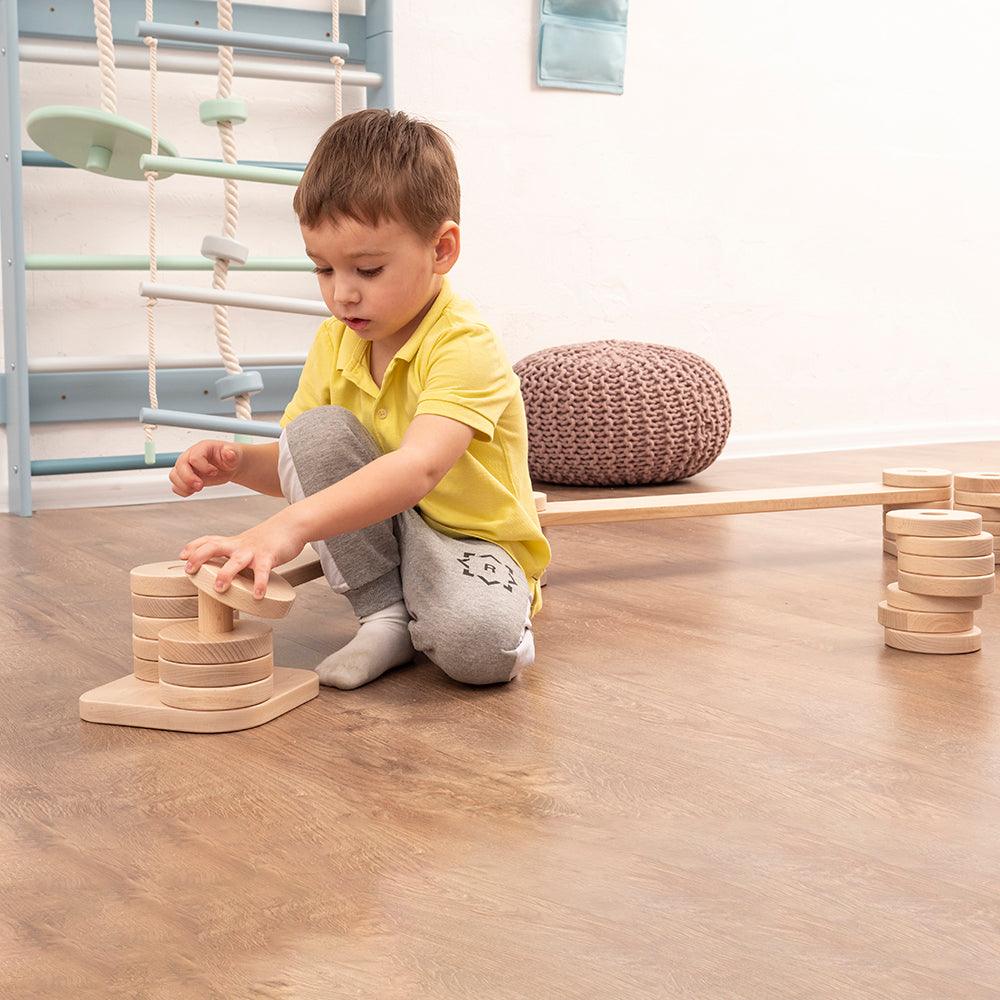
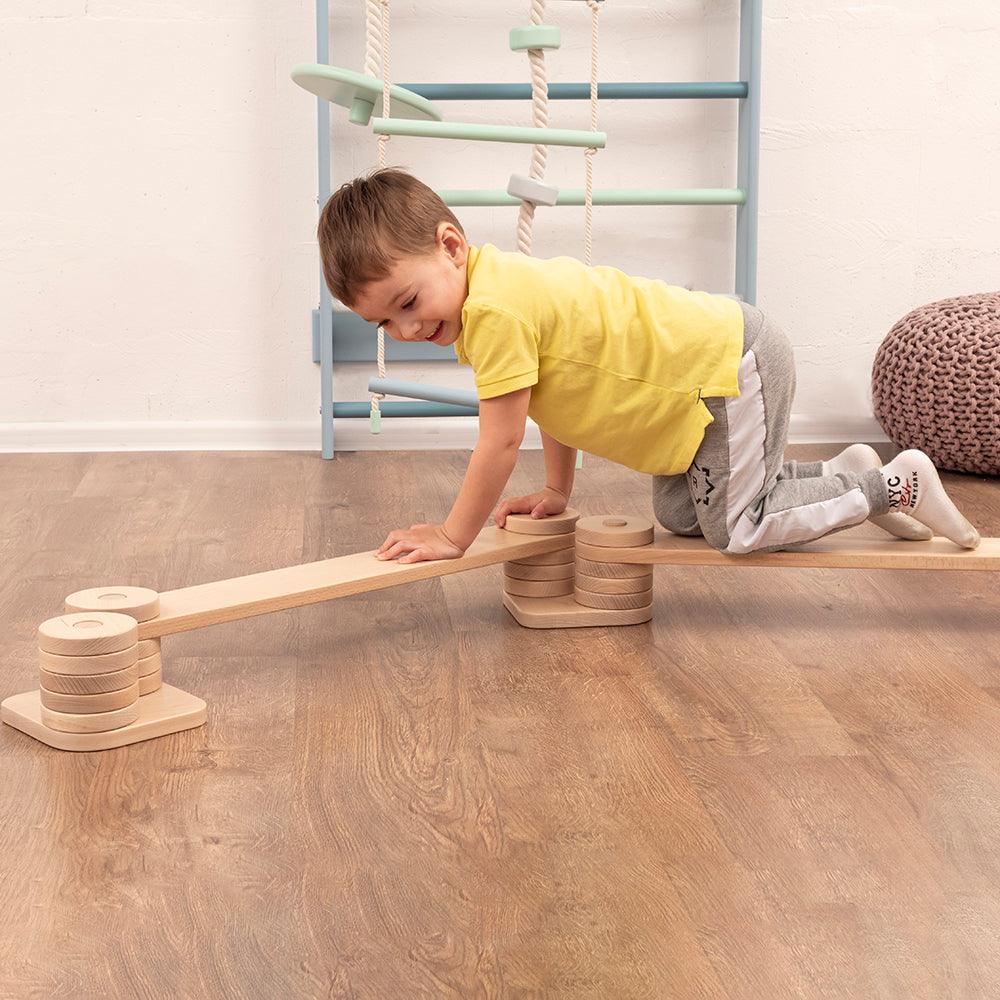
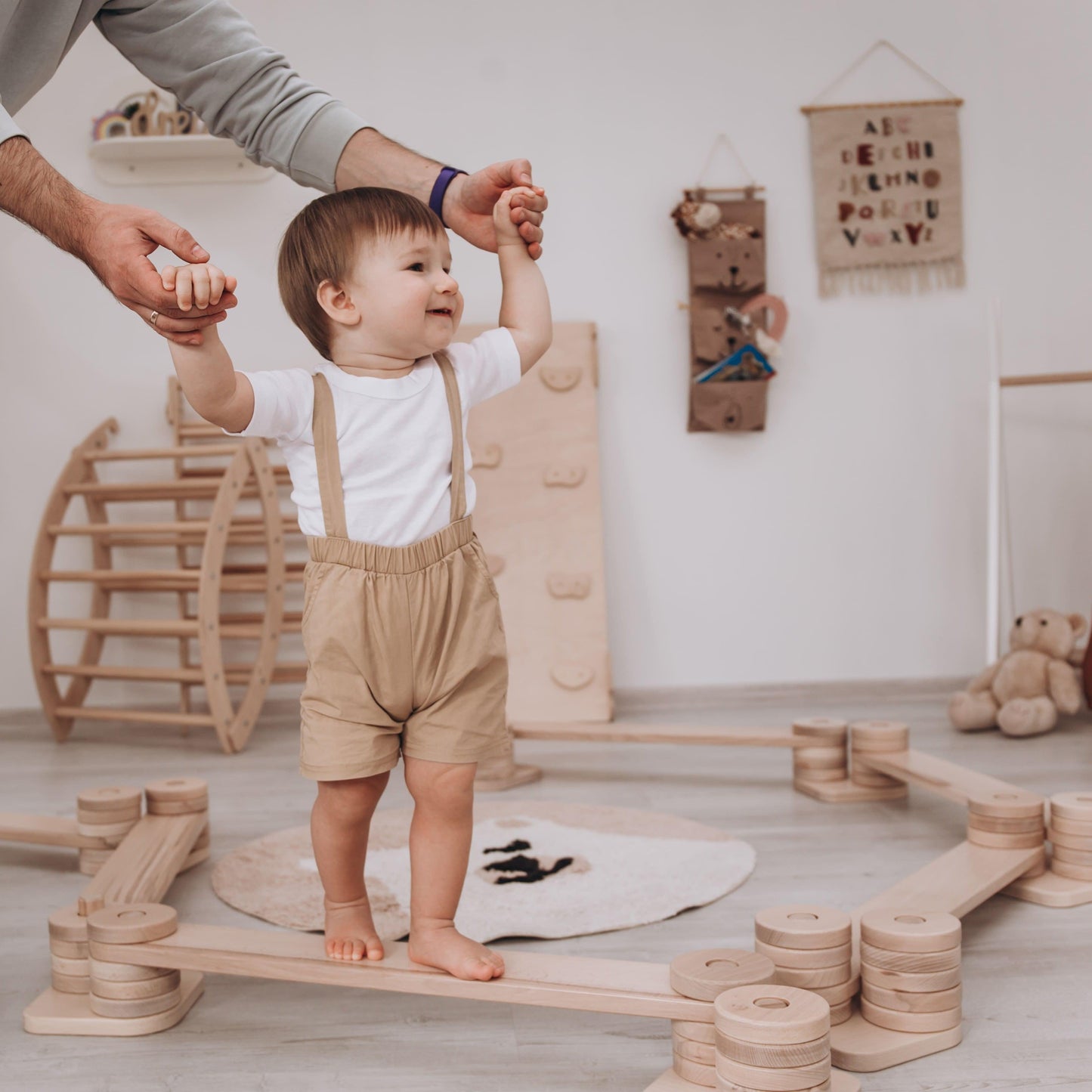
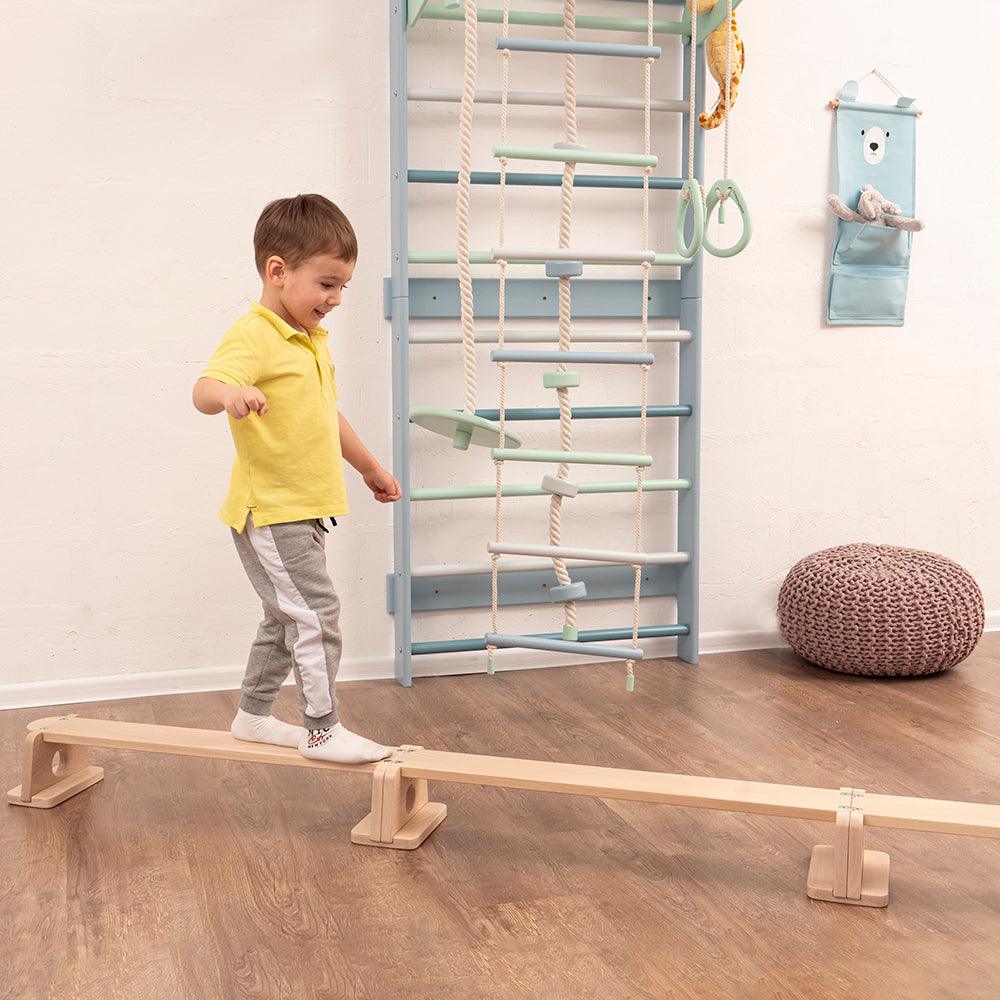
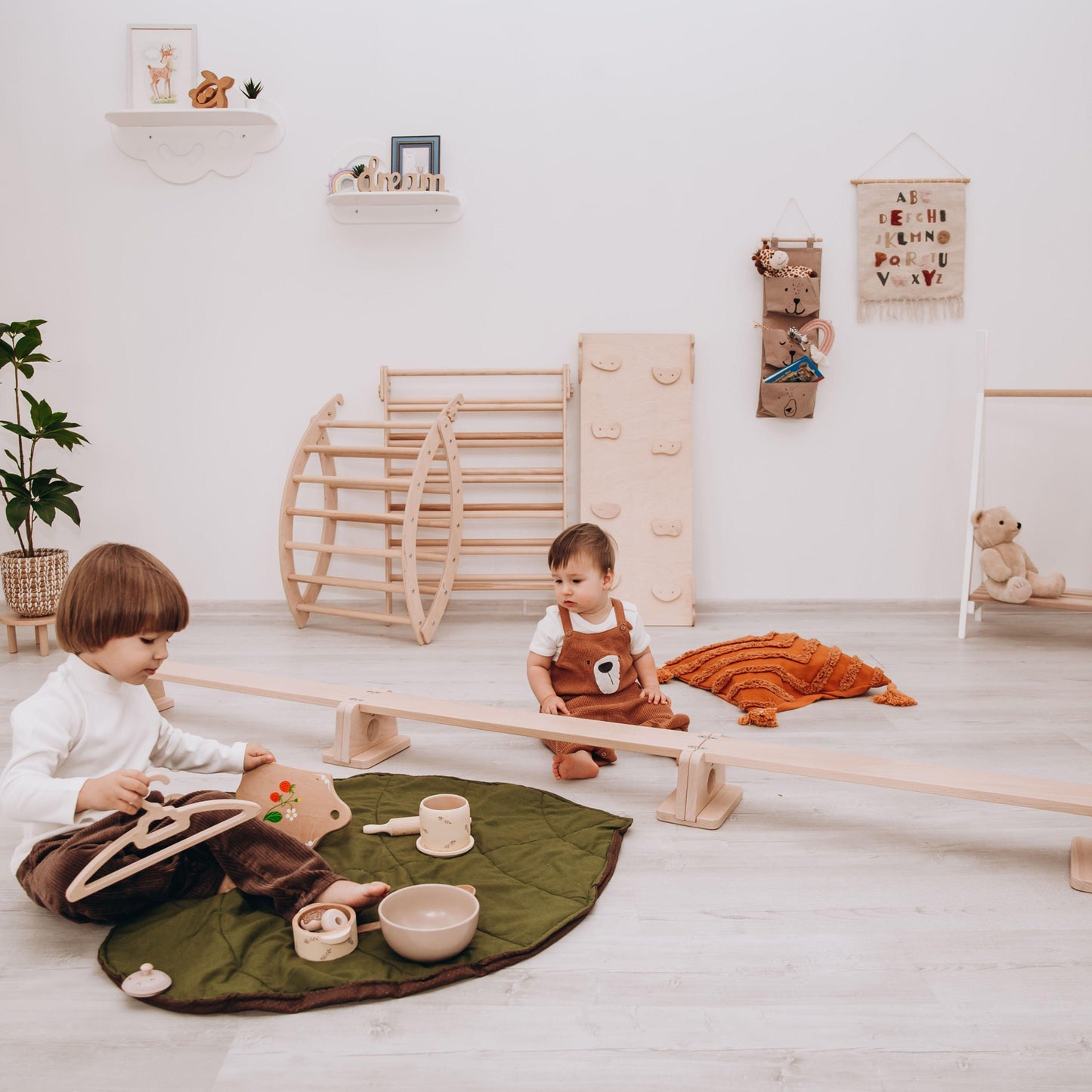
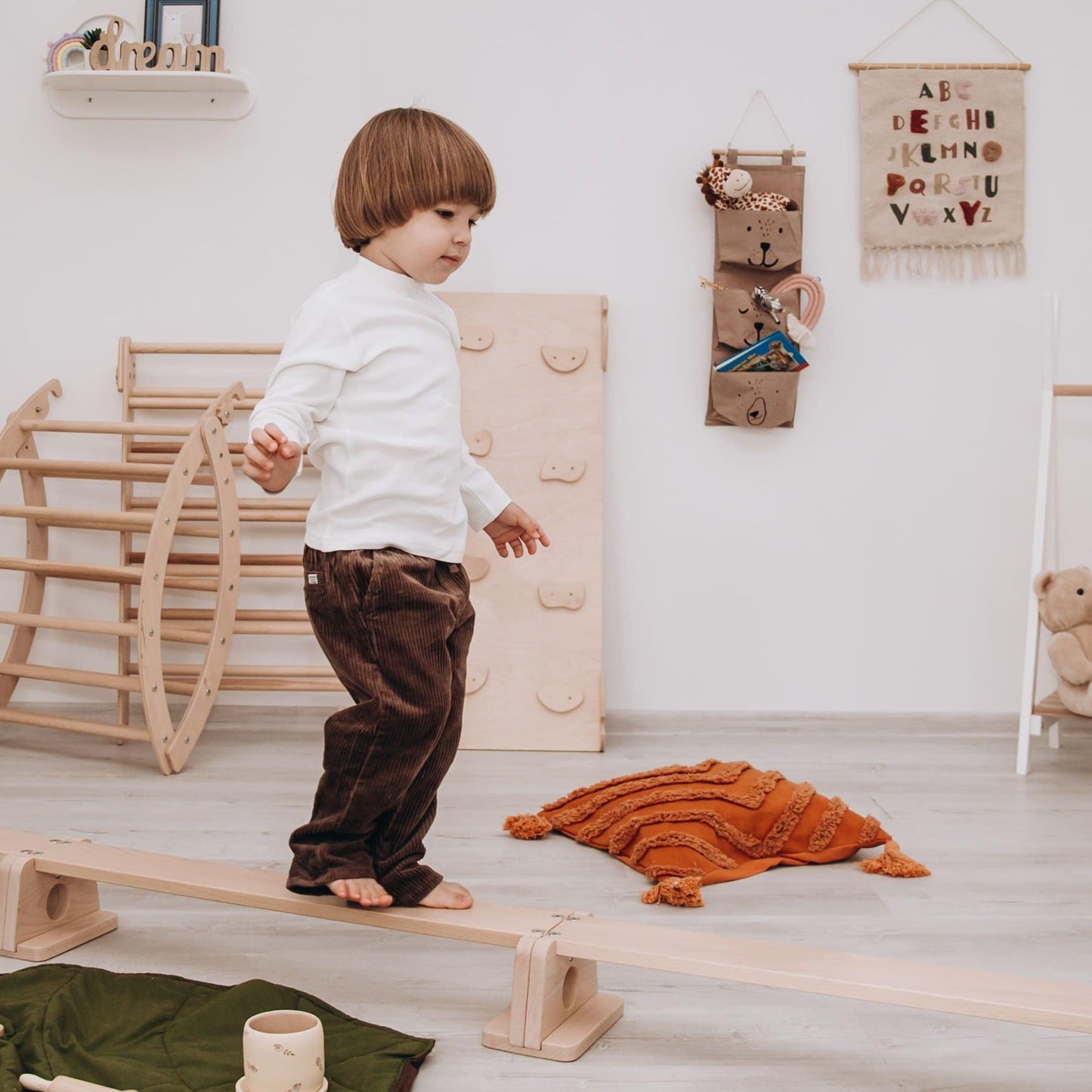
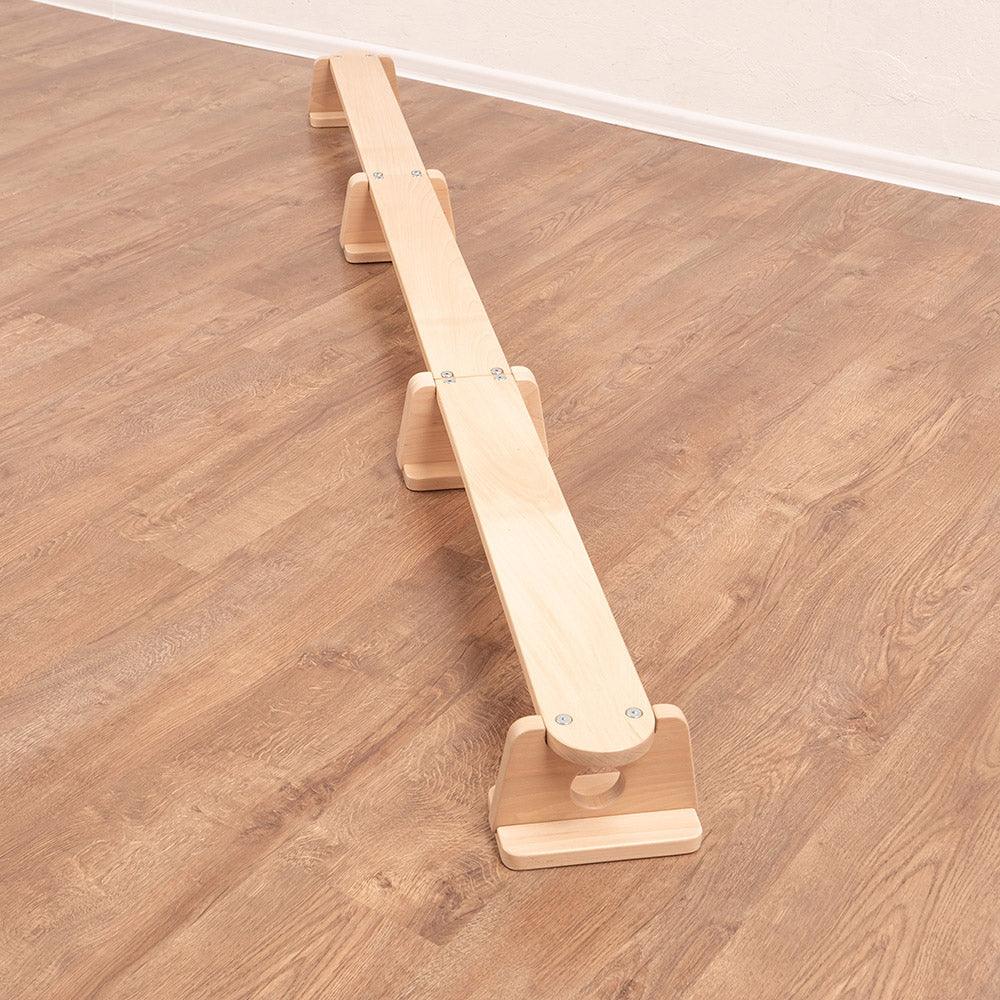
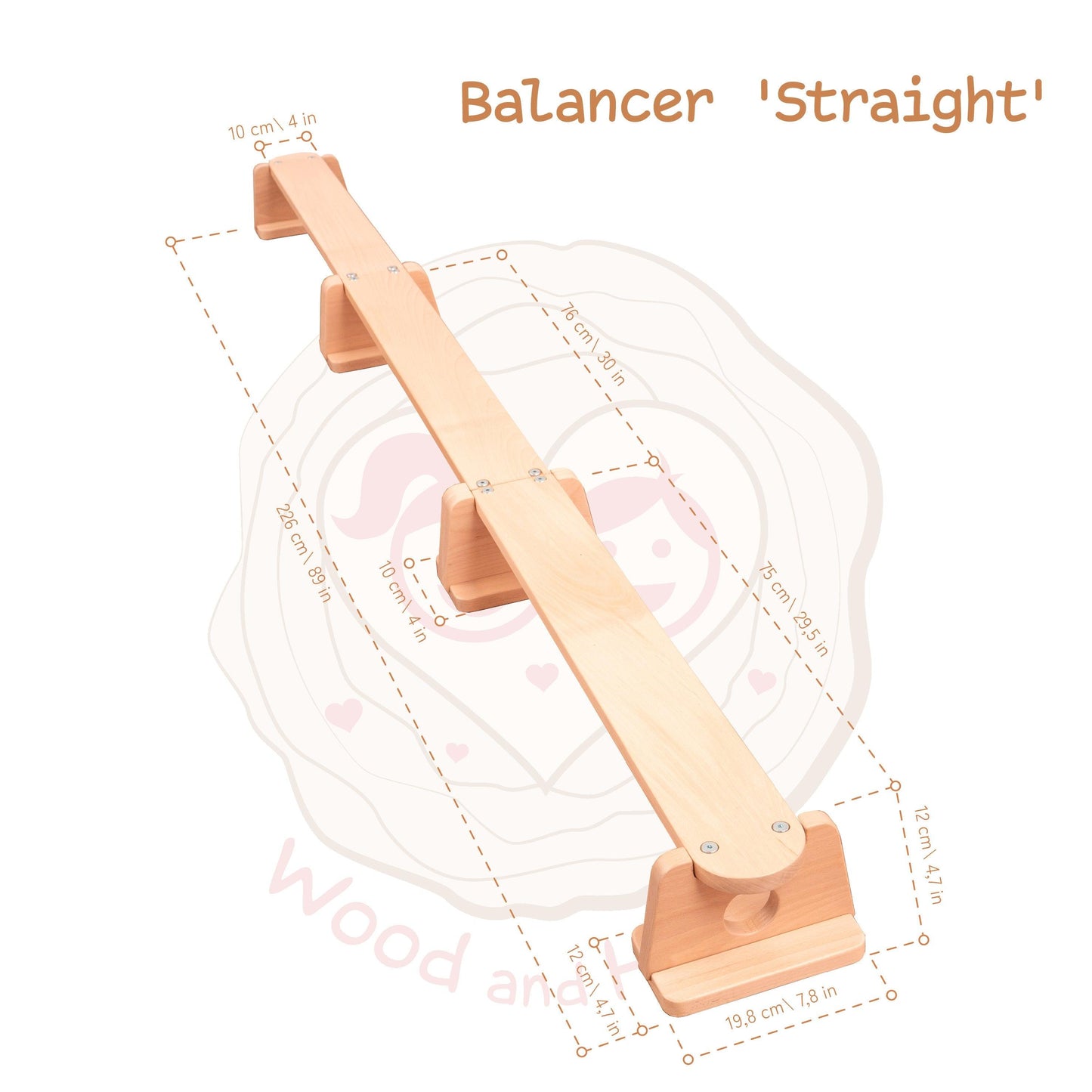
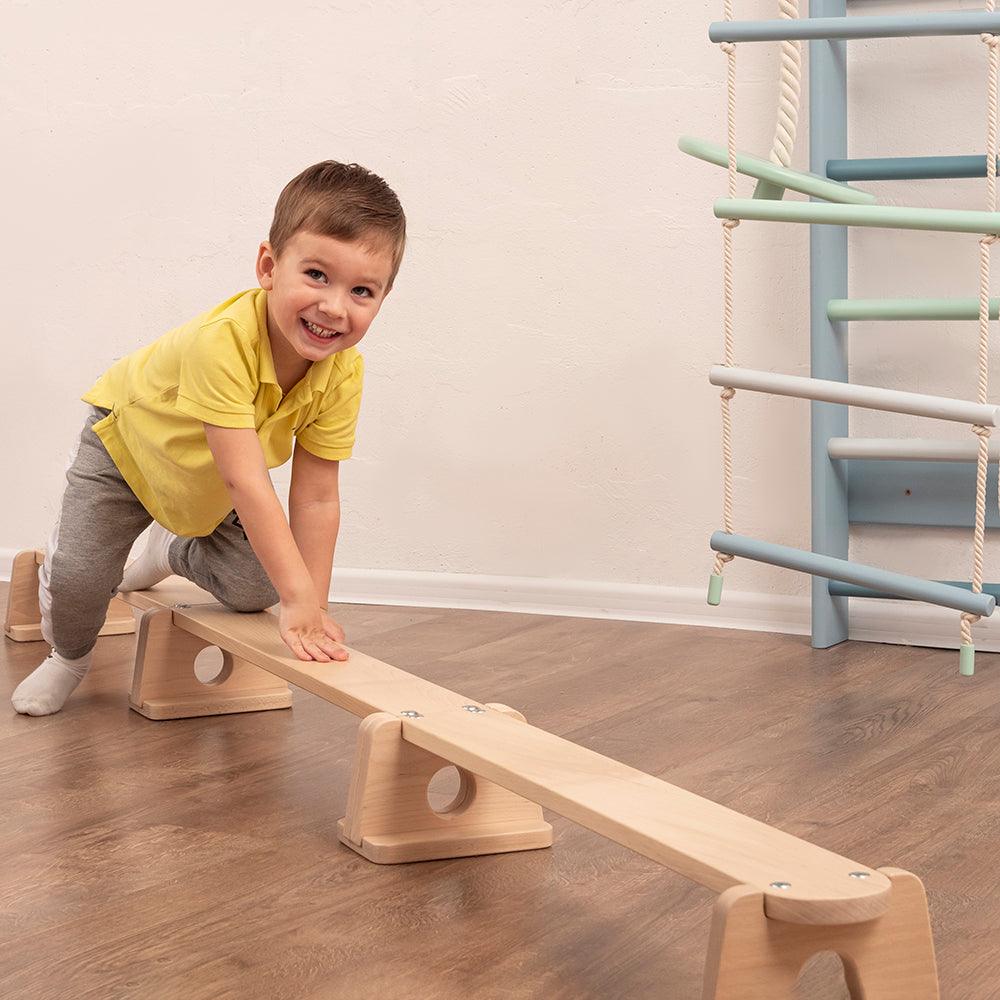
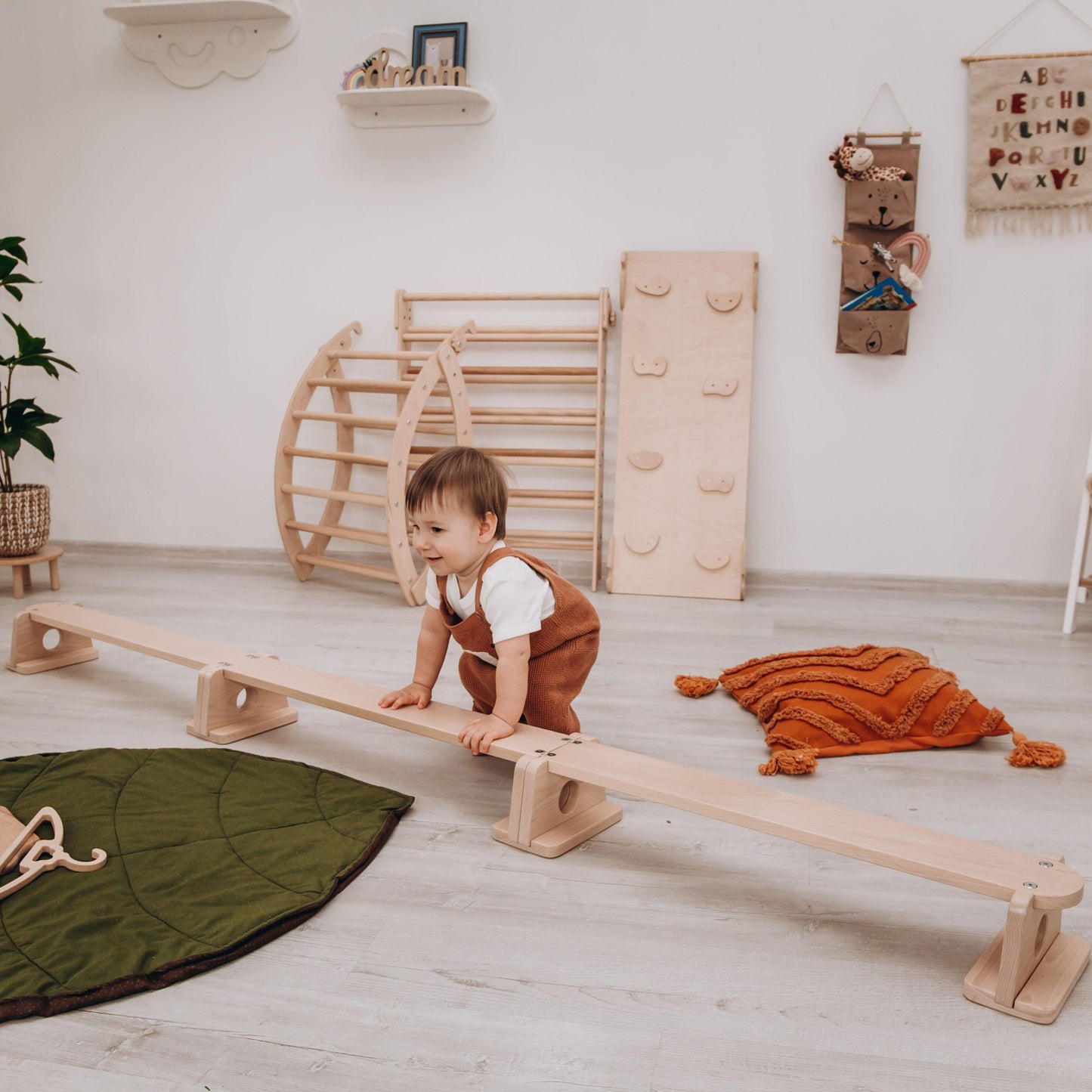
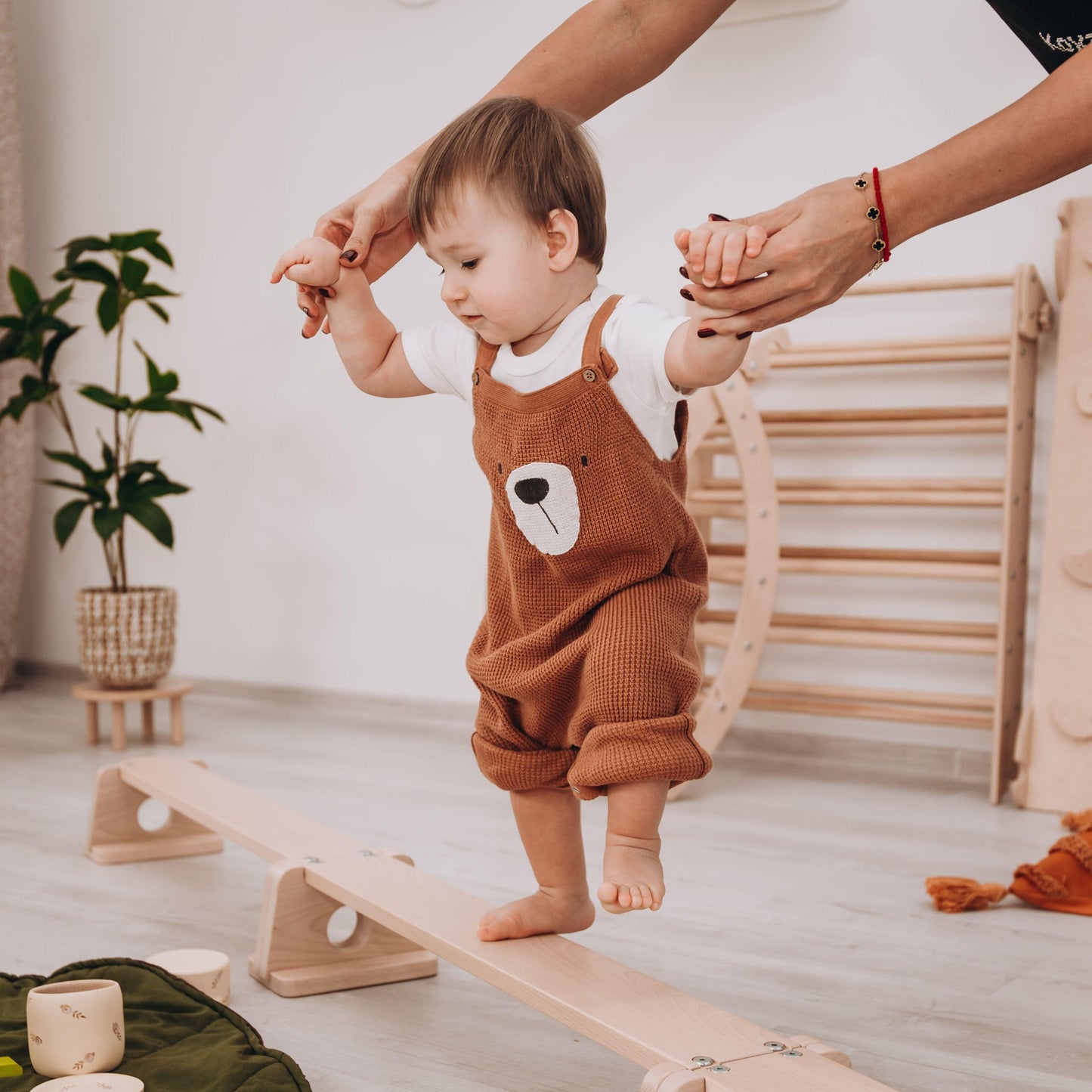
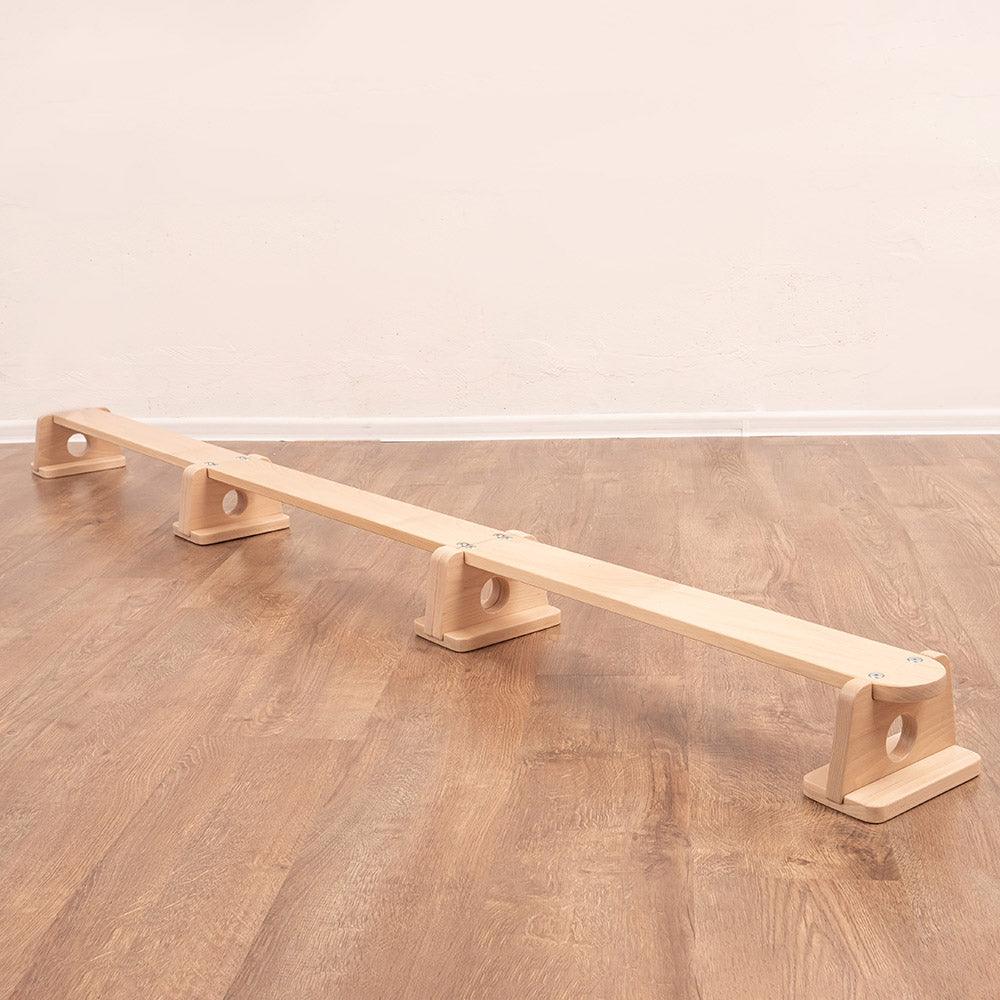
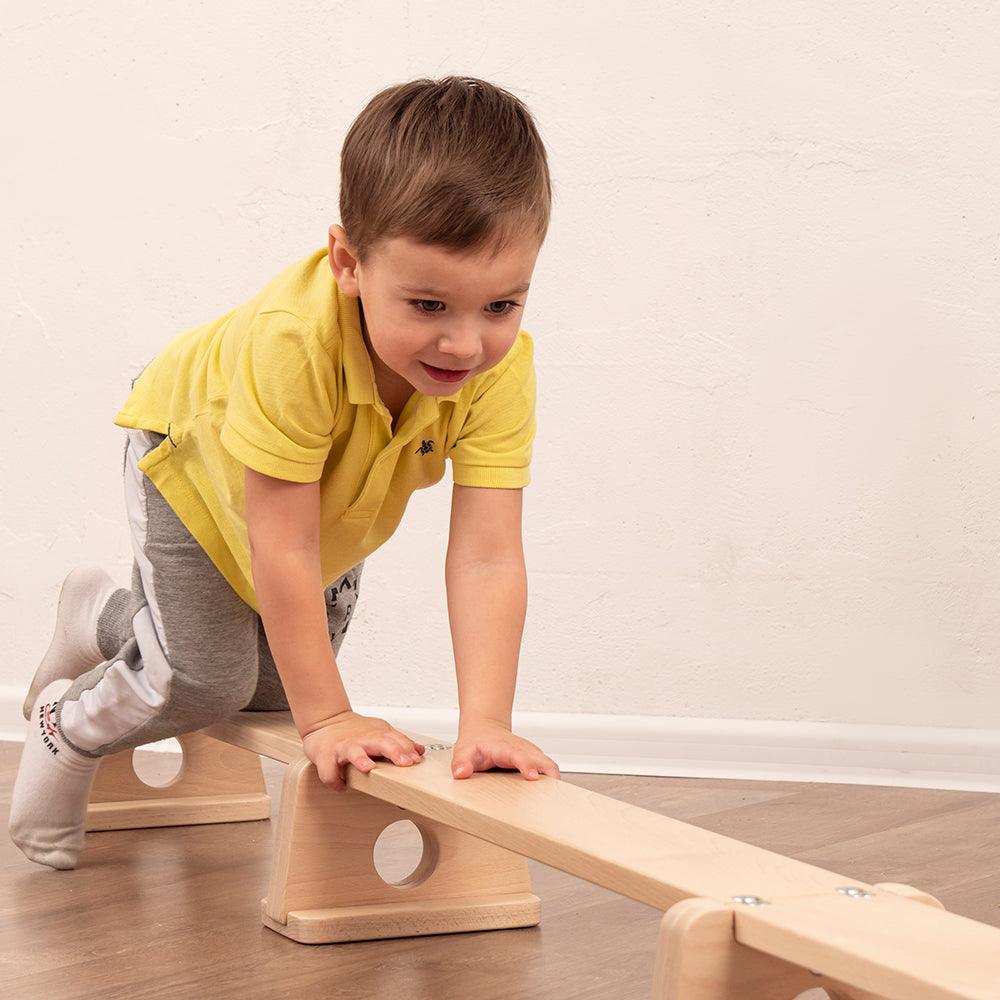
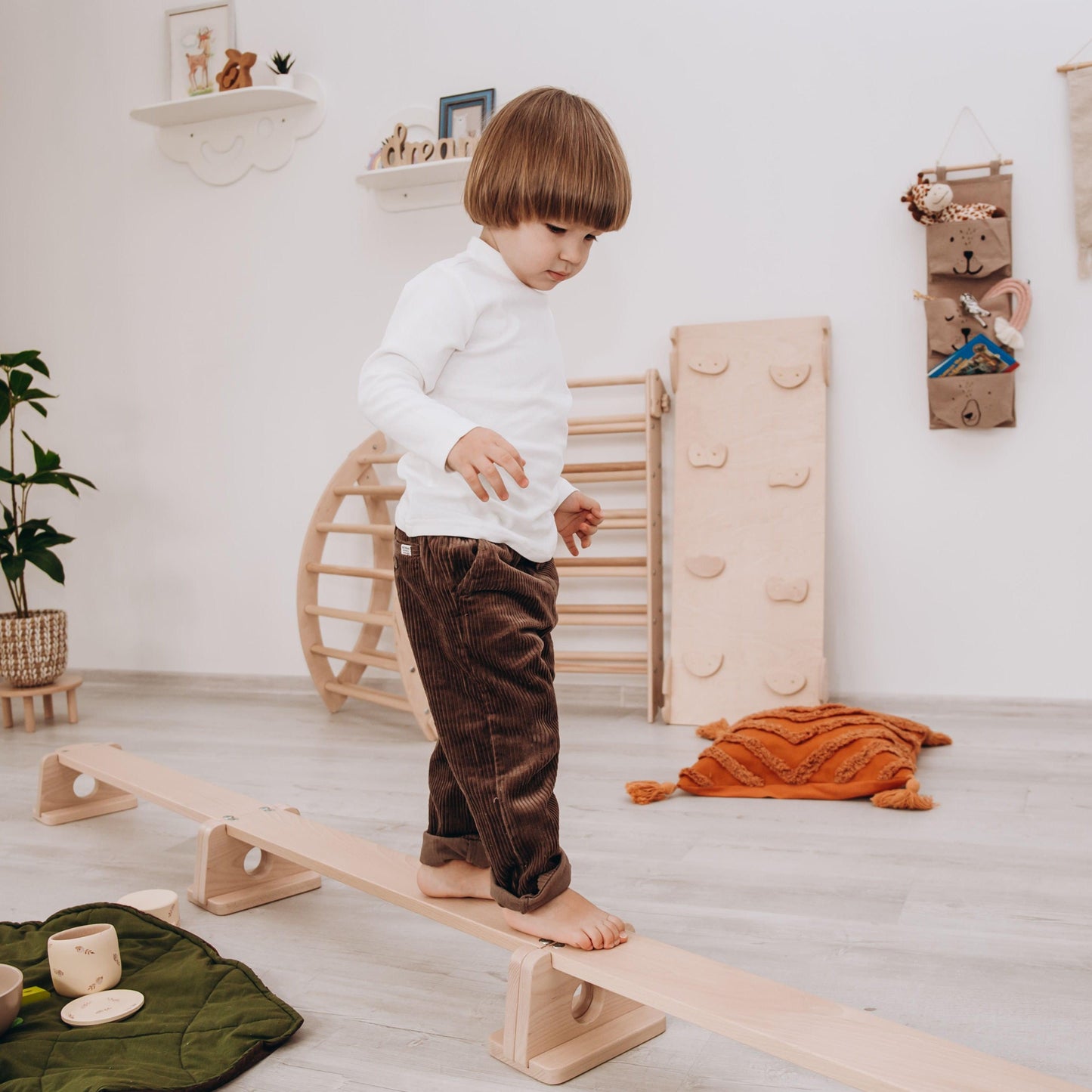

Montessori Balance Beam for Kids
What Is a Balance Beam for Kids?
Our wooden balance beam for kids is a specially crafted, sturdy platform made from high-class polished birch plywood, designed to promote physical coordination and balance skills.
It offers a safe and enjoyable space for young adventurers to develop their motor skills, boost self-assurance, and engage in imaginative play while navigating its smooth surface.
Benefits of balancing
A balance board engages kids in enjoyable activities while improving balance, and coordination, Engaging with a balance beam offers children a spectrum of developmental advantages.

It significantly enhances their physical and cognitive growth by refining balance, coordination, and core strength, ultimately enhancing posture and body control. Moreover, it cultivates a keen sense of spatial awareness and proprioception, which is vital for various physical activities.
Additionally, the interactive nature of the balance beam cultivates creativity, imagination, and social interaction, playing a pivotal role in fostering emotional maturation.
Playful Adventures on the Balance Beam
On a balance beam, kids can explore a realm of exciting activities and games.
They can engage in imaginative role-playing, practicing walking forwards and backward, or even trying dynamic moves like jumps and spins.
It's a canvas for creativity, encouraging "balance tag" games and challenging each other to navigate its length with flair.
Blog posts
View all-

Budget Montessori Nursery Guide: Essentials vs Nice-to-Haves
Social media images of perfectly curated Montessori nurseries can be intimidating—especially when considering the potential cost. The good news? Creating an authentic Montessori environment doesn't require an unlimited budget. By...
Budget Montessori Nursery Guide: Essentials vs Nice-to-Haves
Social media images of perfectly curated Montessori nurseries can be intimidating—especially when considering the potential cost. The good news? Creating an authentic Montessori environment doesn't require an unlimited budget. By...
-
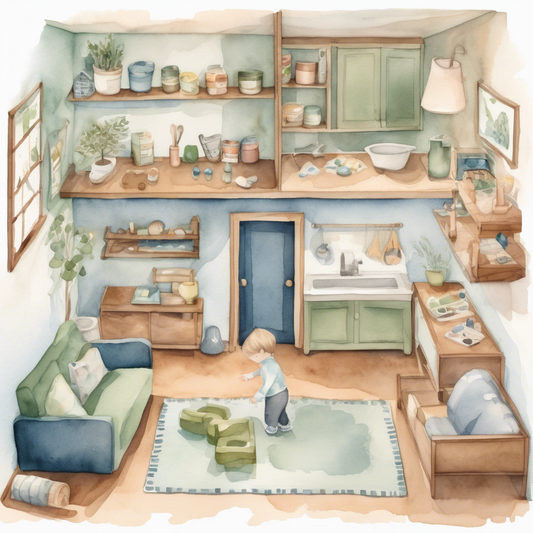
Montessori at Home: Simple Room-by-Room Transformations for Toddler Independence
The Montessori approach to childhood development extends far beyond the classroom walls. At its heart lies a profound respect for children as capable beings who thrive when given the freedom...
Montessori at Home: Simple Room-by-Room Transformations for Toddler Independence
The Montessori approach to childhood development extends far beyond the classroom walls. At its heart lies a profound respect for children as capable beings who thrive when given the freedom...
-

Montessori Toys: The Ultimate Guide to Child-Led Discovery
Montessori toys are thoughtfully designed educational materials that foster independent learning and development through child-led discovery. Unlike conventional toys, authentic Montessori toys feature simple designs, natural materials, and purposeful functions...
Montessori Toys: The Ultimate Guide to Child-Led Discovery
Montessori toys are thoughtfully designed educational materials that foster independent learning and development through child-led discovery. Unlike conventional toys, authentic Montessori toys feature simple designs, natural materials, and purposeful functions...
-
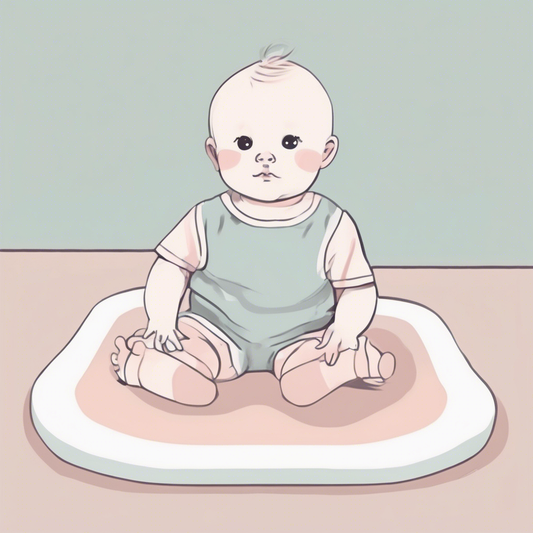
When Do Babies Sit Up On Their Own? Complete Guide to Your Baby's Sitting Milestones
Most babies begin sitting up with support around 3-5 months and master independent sitting between 6-8 months. Learn about the 5 stages of sitting development, how to safely support this...
When Do Babies Sit Up On Their Own? Complete Guide to Your Baby's Sitting Milestones
Most babies begin sitting up with support around 3-5 months and master independent sitting between 6-8 months. Learn about the 5 stages of sitting development, how to safely support this...
-
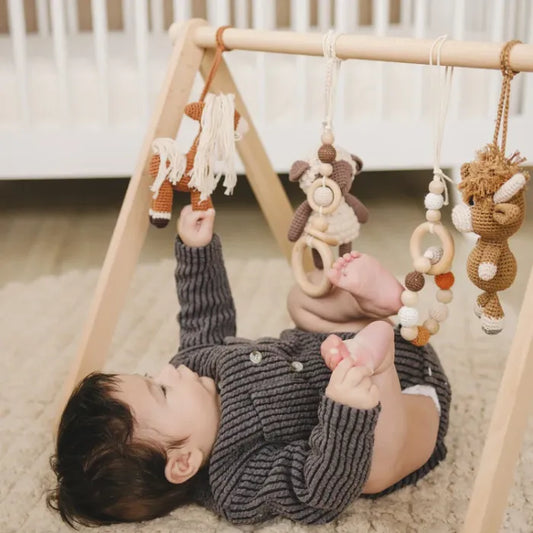
The Complete Guide to Baby Gym Accessories: Which Hanging Elements Support Different Developmental Skills
Baby gyms are essential tools in early childhood development, providing infants with their first opportunities for independent play and exploration. These simple wooden structures serve as frameworks for hanging various...
The Complete Guide to Baby Gym Accessories: Which Hanging Elements Support Different Developmental Skills
Baby gyms are essential tools in early childhood development, providing infants with their first opportunities for independent play and exploration. These simple wooden structures serve as frameworks for hanging various...
-
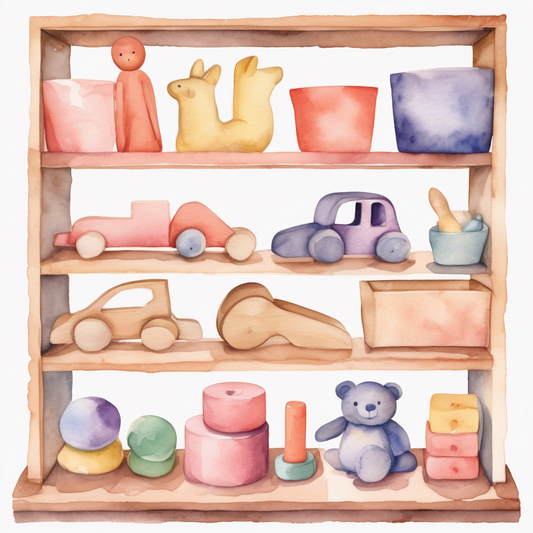
The Minimalist Parent's Guide to Toy Rotation: Quality Over Quantity in Practice
Too many toys yet not enough meaningful play? Toy rotation—the practice of making only a small selection of toys available at any given time while storing the rest—offers a refreshing...
The Minimalist Parent's Guide to Toy Rotation: Quality Over Quantity in Practice
Too many toys yet not enough meaningful play? Toy rotation—the practice of making only a small selection of toys available at any given time while storing the rest—offers a refreshing...




































